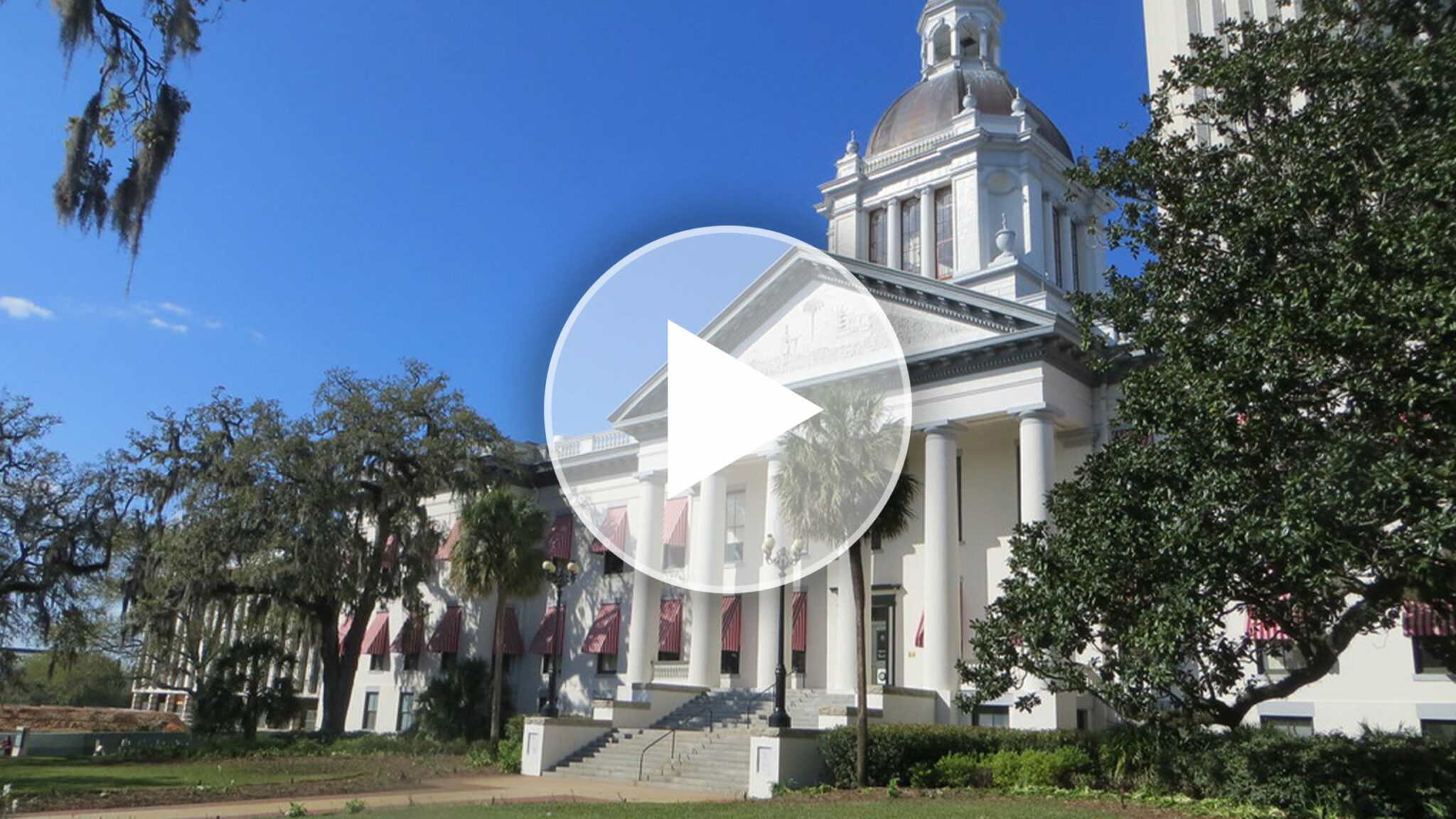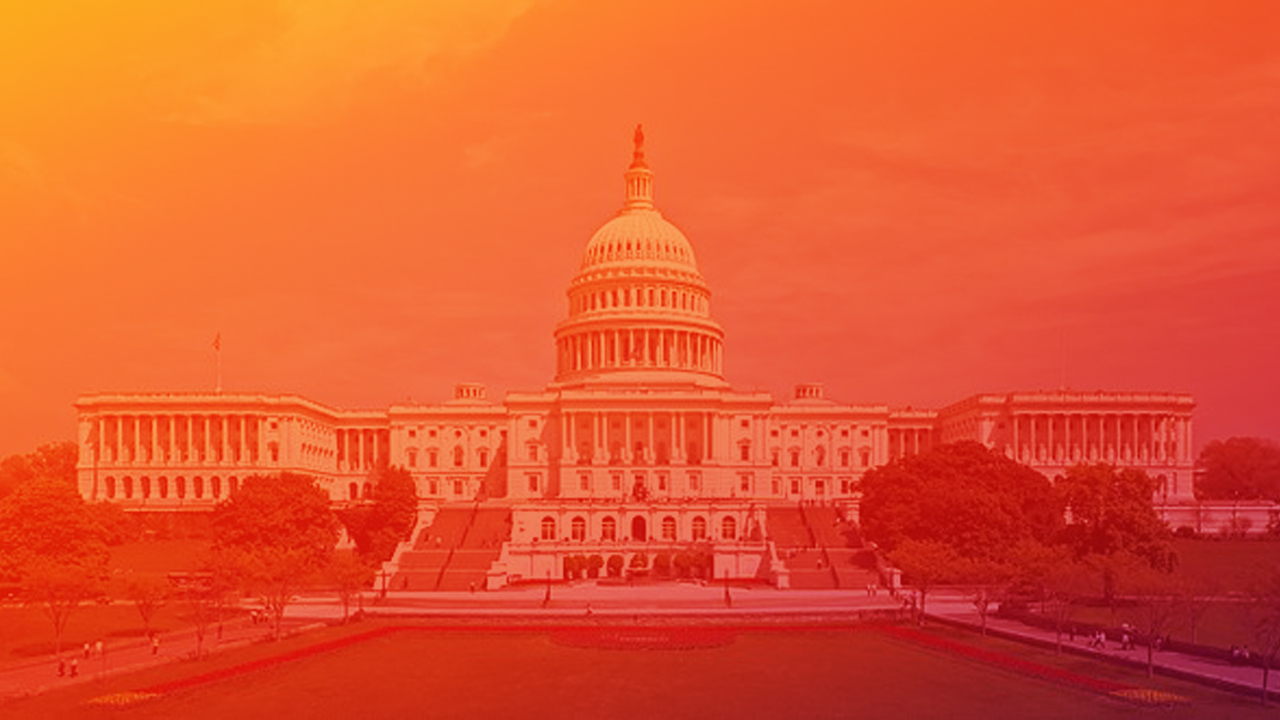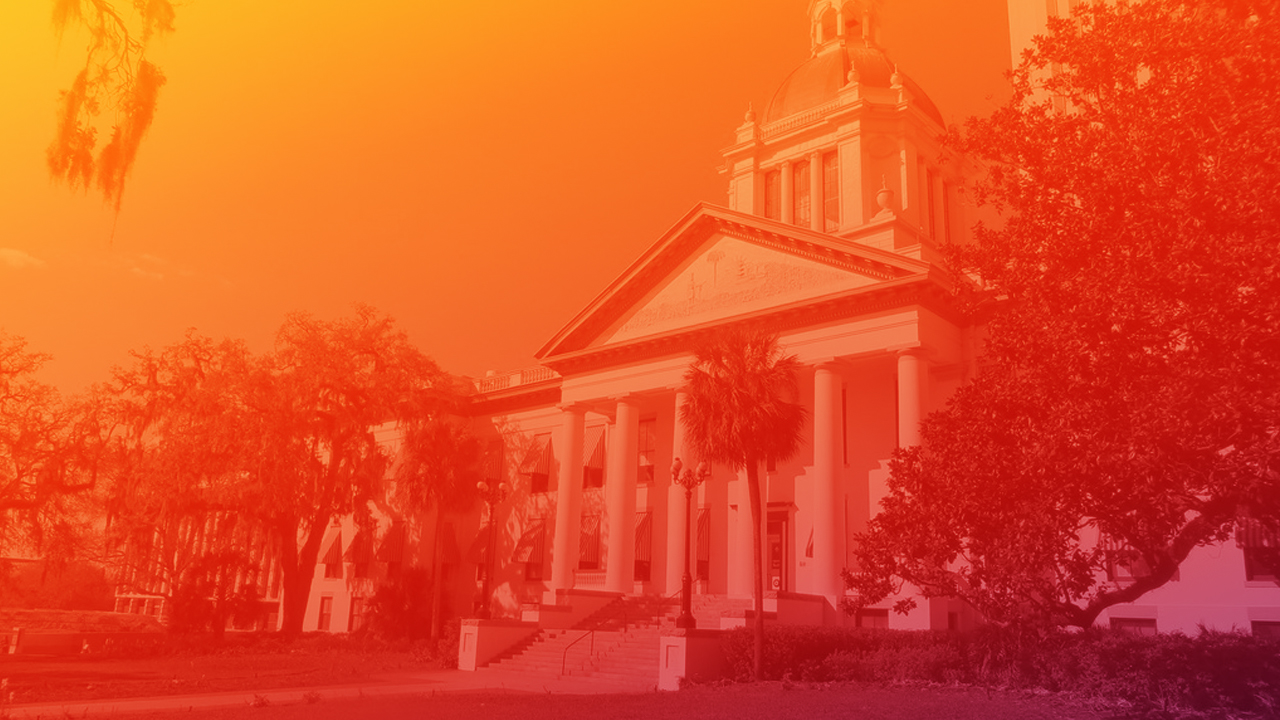Find insight on how the CARES Act, the $377 billion federal stimulus package to provide in emergency relief to small businesses in response to the COVID-19 Pandemic, affects businesses and how to take advantage of its funding opportunities.

The CARES Act, signed into law on March 27 by the President of the United States, is a federal stimulus package passed in order to provide $377 billion in emergency relief to small businesses in response to the COVID-19 Pandemic. The Small Business Administration (SBA) is required to issue regulations to implement these provision fifteen days after enactment – by April 11, 2020.
Paycheck Protection Program
Summary: The Paycheck Protection Program allows small businesses, nonprofits, and individuals to seek loans through the Small Business Administration’s 7(a) program. The total funding allocated is $350 billion.
Eligibility:
- Must be in operation as of February 15, 2020
- Must be one of the following with less than
500 employees*:
- Small business
- 501(c)(3) nonprofit
- 501(c)(19) veteran’s organization
- Tribal business – section 31(b)(2)(C)
- Includes sole-proprietors, independent contractors, and other self-employed individuals as eligible for loans (Includes “gig economy” individuals)
*Employee defined as full-time, part-time, or other basis
Loan period: February 15, 2020 – June 30, 2020
Loan amount: Maximum 7(a) loan amount up to $10 million through December 31, 2020 or 250 percent of the average monthly payroll costs. This is calculated by the average total monthly payments for payroll costs incurring one year before the date the loan is made. Interest rates during this period would be capped at four percent.
Uses of loan:
- Payroll support: Employee salaries, paid sick or medical leave, and insurance premiums
- Mortgage, rent, and utility payments
Applicants must make a “good faith certification” that they will use the funds for the uses detailed above.
Important to know:
- Rules will be waived to pay certain fees, provide collateral, or be unable to obtain credit elsewhere.
- Requires lenders to defer payments for at least six months and one year for eligible loan applicants operating with salaried employees or paid contractors as of February 15.
- The loan does not cover employee/owner compensation over $100,000
- Applicants may still take out an Emergency Economic Injury Grant or Loan or receive relief through the Small Business Debt Relief Program as long as there is no duplication in the uses of funds.
- Affiliation rules waived with respect to eligibility waived for a covered loan for:
- Any business concern that employs not more than 500 employees per physical location of the business concern and that is assigned a NAICS code beginning with 72;
- any business concern operating as a franchise that is assigned a franchise identifier code by the SBA; and
- any business concern that receives financial assistance from a company licensed under section 301 of the Small Business Investment Act of 1958.
How to obtain: Loans would be available immediately through more than 800 existing SBA-certified lenders, including banks, credit unions, and other financial institutions.
For more information visit your local SBA office here.
Small Business Debt Relief Program
Summary: This program provides immediate relief to small businesses that already have a 7(a), 504, or microloan not related to disaster relief. The total funding allocated is $17 billion.
Eligibility: This program covers all loan payments on existing SBA loans, including principal, interest, and fees for six months.This program will also be available for new borrowers who take out loans in the next six months. It does not cover loans under the Paycheck Protection Program.
Loan period: Six months.
Loan amount: Depends on type of loan –
- 7(a) – Up to $5 million
- 504 loan – Up to $5.5 million
- Microloan – Up to $50,000
Uses of Loan: To provide relief on an already existing 7(a), 504, or microloan through the SBA.
Important to know:
How to obtain: For more information visit your local SBA office here.
Emergency Economic Injury Disaster Loans & Grants
Summary: The measure would expand the SBA’s disaster loan program in order to make cash relief available to small businesses and private non-profits within three days of applying. The total funding allocated is $10 billion.
Eligibility: The SBA would have to waive certain eligibility rules during this covered period for disaster loans. It includes businesses, private non-profits, cooperatives, employee stock ownership plans, and tribal businesses with 500 or fewer employees as well as sole proprietors and independent contractors. Those eligible must have been in operations since January 31, 2020.
Loan period: January 31 – December 31, 2020
Loan amount: This measure creates a loan advance of up to $10,000 to existing and newly eligible disaster loan recipients within three days of receiving their applications.The actual total loan amount can be up to $2 million, with principal and interest deferment that are available to pay for expenses that could have been met had the disaster not incurred, including payroll and other operating expenses.
Uses of Loan: These funds can be used to pay sick leave to employees affected by COVID-19, retain employees, address interrupted supply chains, make rent or mortgage payments, and repay debt.
Important to know:
- The advance does not have to be repaid.
How to obtain: For more information visit the disaster assistance portion of the SBA page here.
The CARES Act also includes specific provisions related to employer taxes.
Small Business Tax Provisions
Please note, neither of these opportunities are available for employers receiving assistance through the Payroll Protection Program.
Delay of Payment of Employer Payroll Taxes: Employers and self-employed individuals would be able to defer, or postpone, the employer share of the Social Security payroll tax. Deferred liability would be paid in two installments: one due by December 31, 2021, and the second by December 31, 2022. The Social Security trust funds would not be affected.
Employee Retention Credit: Provides a refundable payroll tax credit for 50 percent of wages paid by eligible employers to certain employees during the COVID-19 crisis. The credit is available to employers, including non-profits, whose operations have been fully or partially suspended as a result of a government order limiting commerce, travel or group meetings. The credit is also provided to employers who have experienced a greater than 50 percent reduction in quarterly receipts, measured on a year-over-year basis.
Wages of employees who are furloughed or face reduced hours as a result of their employer’s closure or economic hardship are eligible for the credit. For employers with 100 or fewer fulltime employees, all employee wages are eligible, regardless of whether an employee is furloughed. The credit is provided for wages and compensation, including health benefits, and is provided for the first $10,000 in wages and compensation paid by the employer to an eligible employee. Wages do not include those taken into account for purposes of the payroll credits for required paid sick leave or required paid family leave, nor for wages taken into account for the employer credit for paid family and medical leave (IRC sec. 45S).




